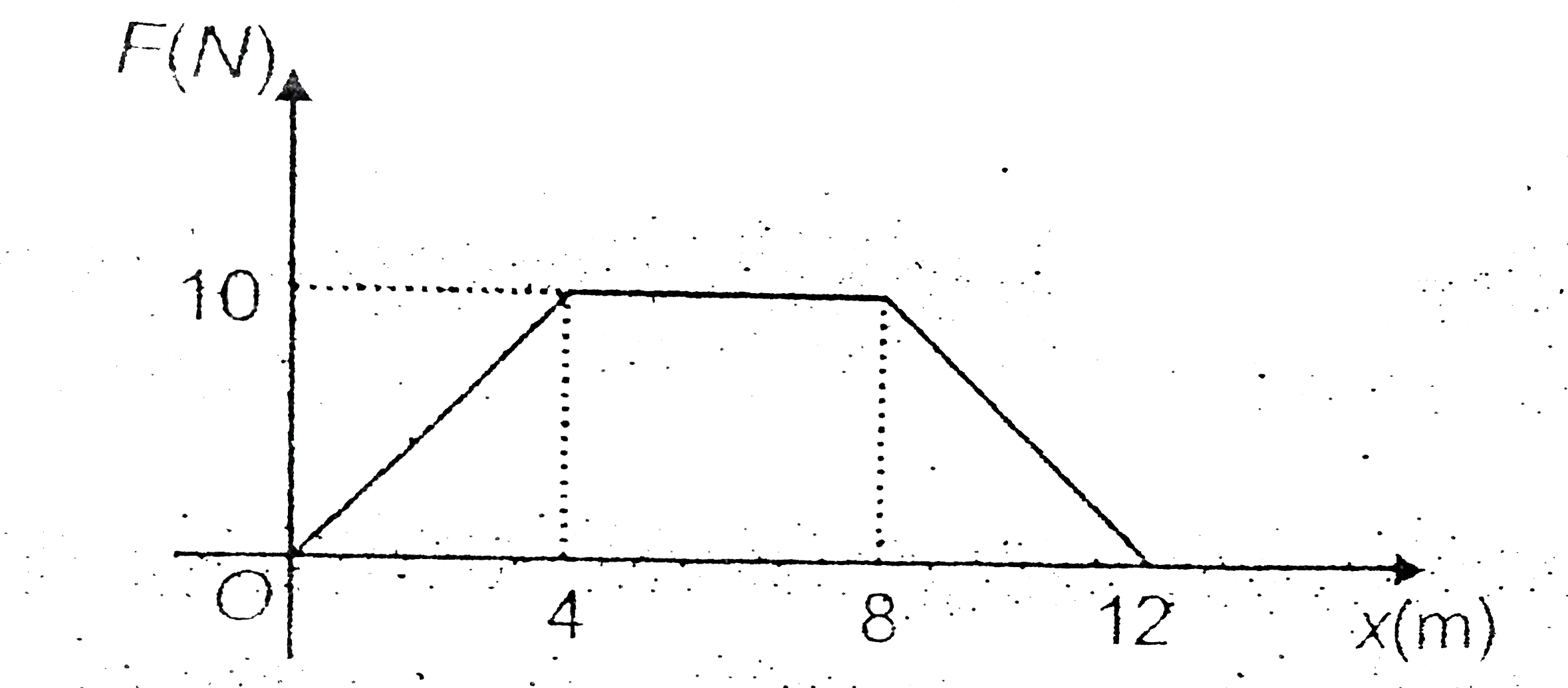Contagium vivum fluidum was proposed by, 1. D J Ivanowsky , 2. M W Beijerinek, 3. Stanley, 4.Robert Hooke
D.J. Ivanowsky
M.W. Beijerinck
Stanley
Robert Hooke.
The correct Answer is:B
Martinus William Beijernick (a Dutch microbiologist and bontanist) gave a phrase, "Contagium vivum fluidum " (Latin :"contagious living fluid"), to describe a virus.He underlined its (virus's) ability to slip through the finest mesh filters then available, giving it almost liquid properties.
Topper's Solved these Questions
- BOOK - NCERT FINGERTPS ENGLISHCHAPTER - BIOLOGICAL CLASSIFICATIONEXERCISE - Corner15videos
BIOLOGICAL CLASSIFICATION
- BOOK - NCERT FINGERTPS ENGLISHCHAPTER - BIOLOGICAL CLASSIFICATIONEXERCISE - Biological Classification132videos
BIOLOGICAL CLASSIFICATION
- BOOK - NCERT FINGERTPS ENGLISHCHAPTER - BIOLOGICAL CLASSIFICATIONEXERCISE - KINGDOM FUNGI30videos
BIOLOGICAL CLASSIFICATION
- BOOK - NCERT FINGERTPS ENGLISHCHAPTER - ANIMAL KINGDOMEXERCISE - Animal Kingdom148videos
ANIMAL KINGDOM
- BOOK - NCERT FINGERTPS ENGLISHCHAPTER - BIOMOLECULESEXERCISE - Biomolecules137videos
BIOMOLECULES
Similar Questions
State whether the following statements are true or false.
Contagium vivum fluidum was proposed by D.J. Iwanowsky.
A. True
B. FalseView SolutionWhich of the following is wrongly match ?
(a) T.O. Diener-Viroids are found to be free DNA
(b) W.M. Stanley-Crystallised proteins
(c) M.W. Beijerinck-Contagium vivum fluidim
(d) D.J. Ivanowski-Microbes smaller than bacteria cause mosaic disease of tobacco.View SolutionWho demonstrated that the extract of the infected plants of tobacco could cause infection in healthy plants ?
(a) Pasteur
(b) M.W. Beijerinek
(c) D.J. Ivanowsky
(d) W.M. StanleyView SolutionIdentify the correct match of the scientist and their discovery:
(a) T.H. Diener : An agent consisting of abnormally folded protein
(b) W.M. Stanley : Crystals from viruses contain proteins.
(c) M.W. Beijernick : Recognised TMV
(d) Ivanowsky : Contagium vivum fluidumView SolutionFour waves are expressed as
1. y1=a1sinωt
2. y2=a2sin2ωt
3. y3=a3cosωt
4. y4=a4sin(ωt+ϕ)
The interference is possible betweenView SolutionVelocity of a particle is v=(2ˆi+3ˆj−4ˆk)m/s and its acceleration is zero. State whether it is 1-D, 2-D or 3-D motion?
View SolutionThe circuit diagram in Fig. shows three resistors 2Ω,4Ωand RΩ connected to a battery of e.m.f. 2 V and internal resistance 3 Ω. If current of 0.25 A flows through the circuit, find :
the p.d. across the 4 Ω resistor,
View SolutionThe circuit diagram in Fig. shows three resistors 2Ω,4Ωand RΩ connected to a battery of e.m.f. 2 V and internal resistance 3 Ω. If current of 0.25 A flows through the circuit, find :
the p.d. across the R Ωor 2 Ω resistor,
View SolutionThe circuit diagram in Fig. shows three resistors 2Ω,4Ωand RΩ connected to a battery of e.m.f. 2 V and internal resistance 3 Ω. If current of 0.25 A flows through the circuit, find :
the p.d. across the internal resistance of the cell,
View SolutionA particle of mass 0.5 kg is subjected to a force which varies with distance as shown in figure

1. The work done by the force during the displacement from x=0 to x=4andx=4 to x=12are respectively
(1)20J,40J(2)40J,40J(3)20J,60J(4)40J,80J
2. The increaase in kinetic energy of the particle during its displac ement from x=0 to x=12 m is
(1)20J(2)40J(3)80J(4)120J
3. If the speed of the particle at x=0 is 4 m/s, its speed st x=8 m is
(1)8m/s(2)16m/s(3)32m/s(4)4m/sView Solution

